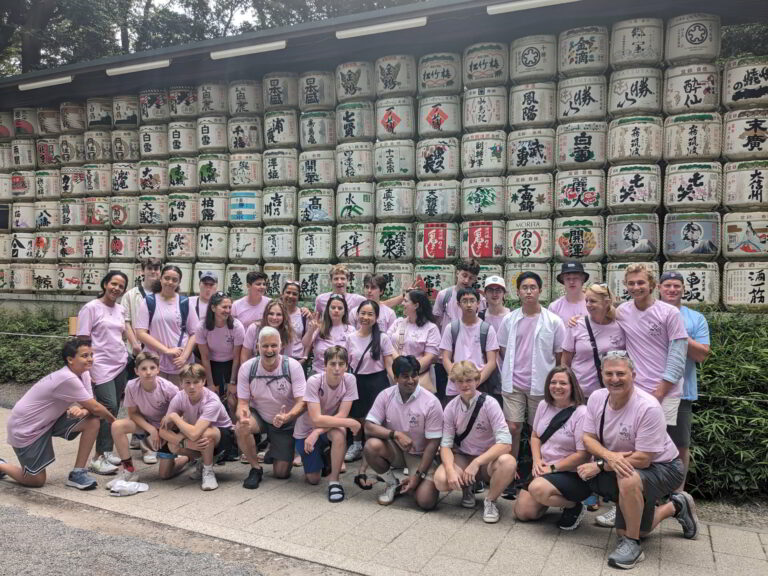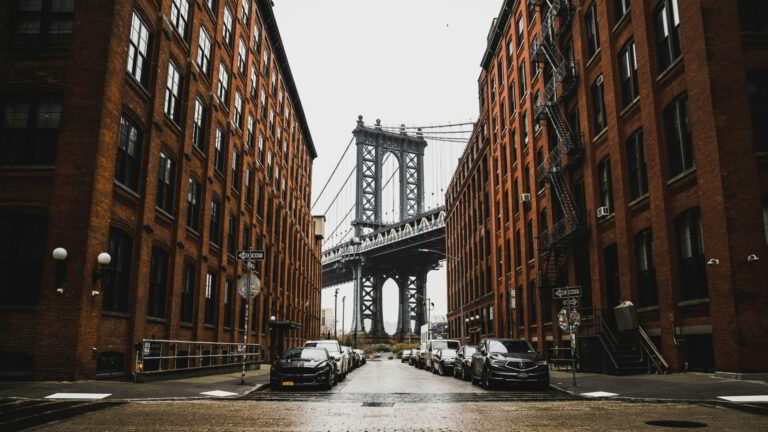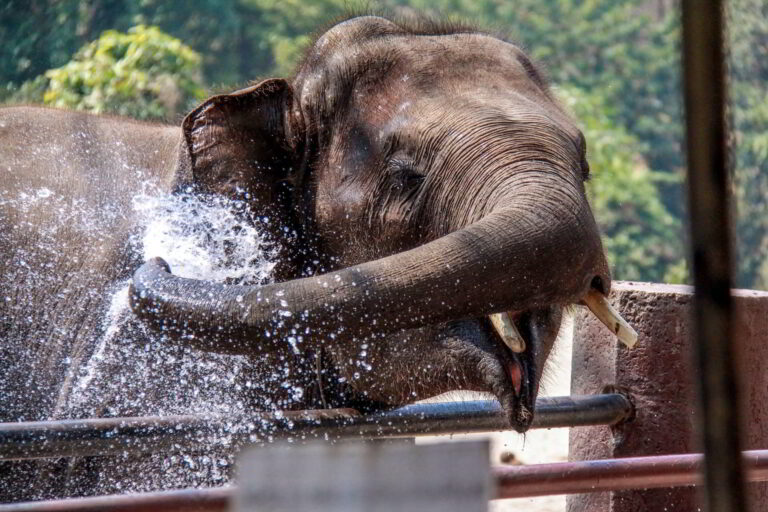A school trip to New York is an exciting educational experience, offering students the chance to explore iconic landmarks, world-class museums, and a rich cultural scene. From the Statue of Liberty to Times Square, students can immerse themselves in history, art, and architecture. With its diverse neighbourhoods, famous theatres, and dynamic atmosphere, New York provides endless opportunities for exploration and inspiration.
Tom, one of The Learning Adventures Educational Tour Specialists, has visited New York multiple times for both business and leisure and has worked with schools worldwide to curate the perfect trip to the city that never sleeps. Most recently, he spent nine days exploring the city, visiting a range of hotels, and experiencing a variety of activities to ensure he can pass on his knowledge. Here, Tom has collated a list of his top tips to prepare you for your students unforgettable trip to New York.
Cross-curricular trips:
New York City is a dynamic and multifaceted destination, making it an ideal location for cross-curricular trips. Whether you’re combining history with performing arts, math with business studies, or politics with fashion, the city offers countless opportunities to explore multiple subjects at once. From iconic landmarks to world-renowned museums, New York City can seamlessly integrate diverse learning experiences for students of all ages.
Students can walk through the pages of history at Ellis Island and the 9/11 Memorial, while gaining insight into immigration, resilience, and global politics. A visit to Broadway can enrich both literature and theatre studies, offering a behind-the-scenes look at storytelling, production, and performance. Meanwhile, Wall Street and the New York Stock Exchange provide firsthand exposure to the world of finance, perfect for connecting mathematics, economics, and real-world business practices. New York serves as more than a destination – it’s an immersive learning environment where various subjects come to life through real-world experiences.
Best time to visit:
For educational tours, the two most popular times to visit New York are February and October half-terms. February, while colder, falls during the low season, making flights and accommodation more affordable. October half-term, on the other hand, is during peak season, so prices tend to be higher. If you have the flexibility, We’d recommend travelling during term time, when both flights and accommodation are at their most cost-effective.
Duration:
With so much on offer for students, an educational trip to New York deserves a few days to make the most of your time. We’d recommend spending a minimum of 4-days and 3-nights in the city to cover your must-see destinations. We personalise every trip, working closely with you to design the perfect itinerary aligned with your learning objectives. Whether you’re aiming to complement classroom topics, inspire creativity, or foster real-world connections, we’ll ensure your itinerary balances educational value with engaging, hands-on activities.
Flights:
Flights from the UK to New York City operate multiple times daily and take around 7–8 hours. From London, you can usually find reasonably priced direct flights. Direct flights are also available from northern airports such as Manchester, although they’re often more expensive so indirect options can be a more cost-effective choice.
International flights are typically available to book 11 months in advance, and we’ll always consult with you before confirming any bookings.
ESTA:
For British citizens travelling to the US, an Electronic System for Travel Authorization (ESTA) is required for each individual. You’ll need to apply in advance of your trip, and we recommend doing so at least six months prior in case of any issues. As of April 2025, an ESTA costs $21 USD and is valid for two years.
For non-British citizens, please check individual visa requirements with your relevant embassy.
Accommodation:
While accommodation in New York City is plentiful, it’s important to note that hotels commonly operate on a bed-share basis. Most will house four students per room, typically with two queen-sized beds. Quad rooms with individual beds are available, but they’re limited and often need to be booked up to 18 months in advance.
Breakfast:
Breakfast is always included in your Learning Adventure package and will be provided either as a plated breakfast or a grab-and-go option. A plated breakfast at your hotel is typically continental rather than a full American breakfast. A grab-and-go usually includes a sandwich bagel, yoghurt, a piece of fruit (such as an apple or banana), and a carton of juice.
Dietary requirements can be catered for and you just let us know in advance so we can make the necessary arrangements with your accommodation.
Taxes:
When shopping in the United States, it’s important to remember that the price you see on the shelf or menu is often not the final amount you’ll pay. Unlike in many other countries where sales tax is already included in the displayed price, in the US, the listed price typically excludes tax. This means that whether you’re buying a bar of chocolate, grabbing lunch at a café, or picking up a new item of clothing, you may find yourself paying more than expected once you get to the checkout.
Tax rates vary by state, but in New York, you can expect to pay around 10% on top of the listed price.
Transport:
New York City’s metro system is extensive, efficient, and one of the most convenient ways to get around the city. To make your experience as smooth as possible, we’ll provide you with Metro Cards for the duration of your tour.
Additionally, to ensure your journey to and from the city is as stress-free as possible, we’ll arrange private coach transfers for both your arrival and departure. This means you won’t have to handle your luggage on the subway or navigate busy transit hubs after a long flight.
Streets and Avenues:
Much of Manhattan operates on a block system, making the city easy to navigate on foot. The city is laid out with streets and avenues. A simple way to remember this is that streets run horizontally, while avenues run vertically. Fifth Avenue divides the city from east to west, so streets east of Fifth Avenue are named “East” (e.g., East 34th Street), and streets west of Fifth Avenue are named “West” (e.g., West 34th Street).
Jaywalking and safety:
Traffic in New York can be chaotic at any time of day, and jaywalking (crossing the road outside a designated crossing) is illegal, with penalties in the form of on-the-spot fines. To stay safe, always cross the road at designated crossings and wait for the signal.
With the right preparation and insider tips, your school trip to New York will be an unforgettable adventure, full of learning, excitement, and discovery. Tom, and the rest of The Learning Adventure team, are here to ensure every step of your journey is smooth and educational. If you have any questions or need assistance with planning, don’t hesitate to get in touch. We’re here to help you create the perfect itinerary for your students! You can reach out to our team by form, phone, live chat, or email.



